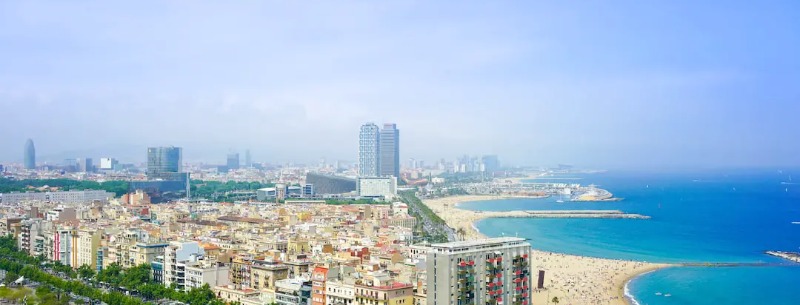Districts of Barcelona
Barcelona is one of Europe’s most vibrant cities, and its eclectic districts make up the tapestry Spanning from the exclusive mountainside neighborhoods of Sarrià to the modernist architecture of Eixample, each of Barcelona’s districts has something special to offer.
Those looking for a laid-back atmosphere can explore the narrow streets of El Raval or wander through the charming parks of Ciutat Vella’s Gothic Quarter. Meanwhile, those seeking an opportunity to experience Spanish culture on a more intimate level can stroll down La Rambla, peruse artwork in Barceloneta, or take in a show at L’Eixample.
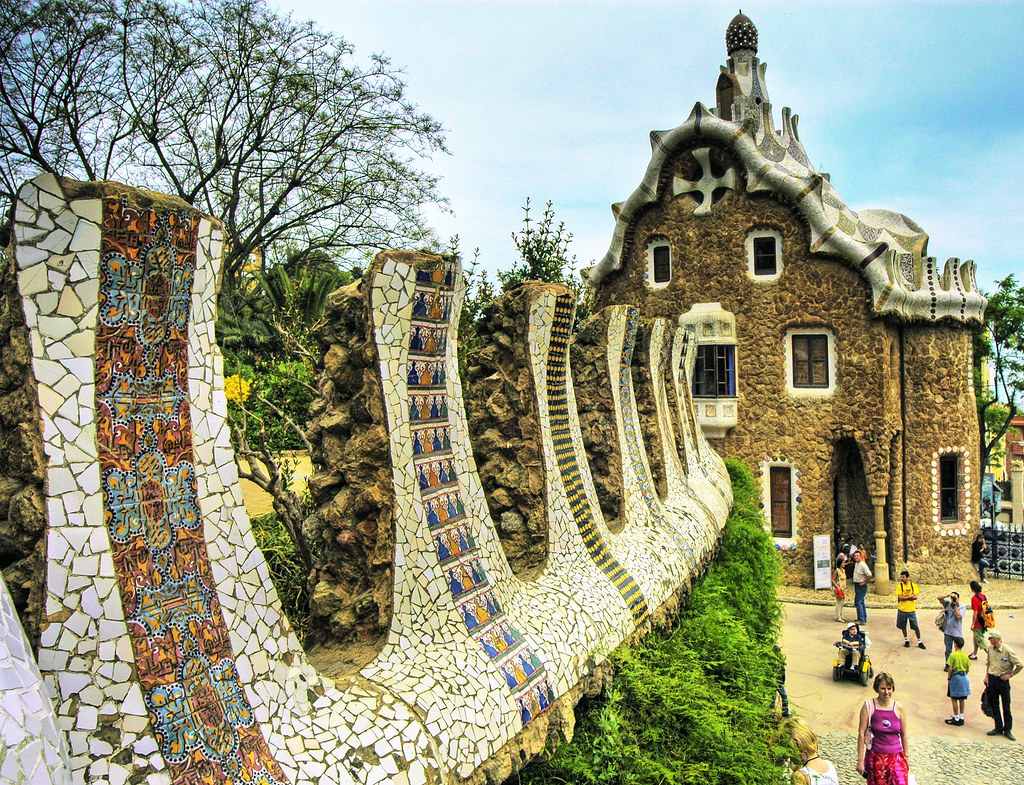
Among the many attractions of the Catalan capital are its ten unique districts. These include Cuitat Vella, which translates to ‘Old City’, and Eixample, where Antoni Gaudí’s breathtaking works are located.
Cuitat Vella boasts narrow winding streets filled with art, history, and culture, while in the Eixample district, you can explore some of Gaudí’s most iconic buildings, such as La Pedrera and Casa Batlló.
Each district has its own unique character, offering something special to those who visit. Whether you’re looking for a relaxing day on the beach in Barceloneta or an adventure exploring the modernist masterpiece of Park Güell, Barcelona’s districts have it all.
Barcelona Districts Map
Barcelona is a city divided into 10 districts or barris. Each of these districts has its own unique character and charm, making Barcelona a vibrant and varied place. A Barcelona Districts Map is an indispensable tool for anyone wanting to explore the city. It helps to identify attractions, landmarks, transport links, and other points of interest that are located across the city.
Eixample Barcelona
Eixample Barcelona – This district of Barcelona is the opposite of the narrow winding cobbled streets of the old city. It’s very modern and structured with large tree-lined avenues and boulevards full of up-market shops, restaurants, and bars and separated from the old city by Plaça Catalunya.
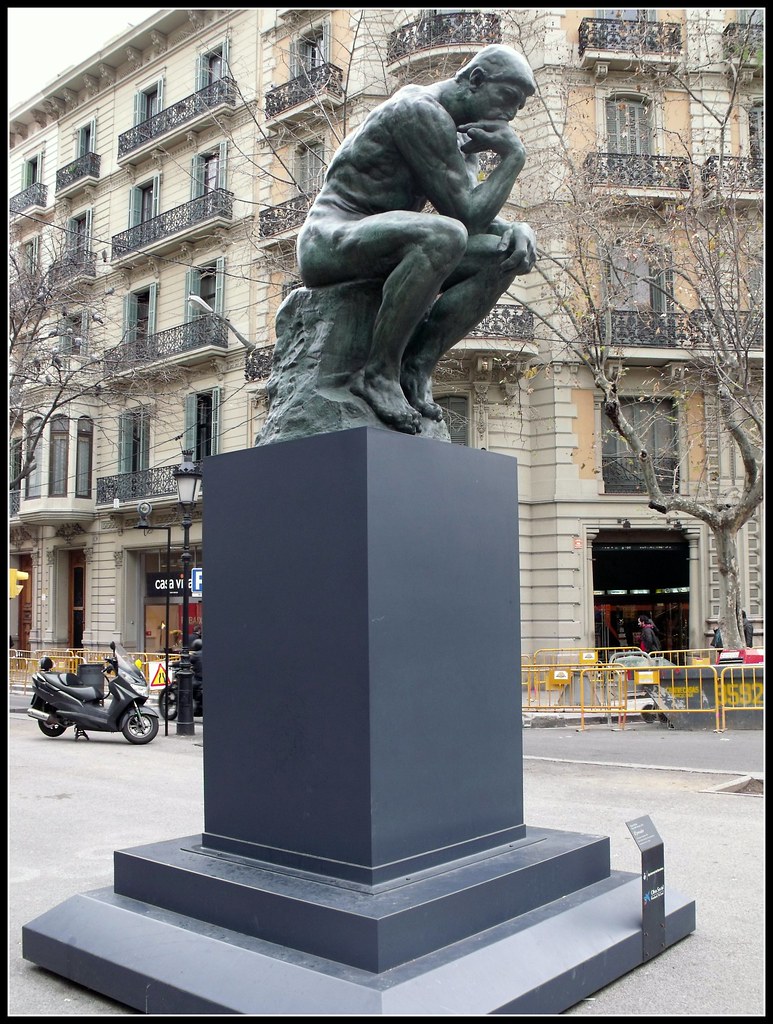
It’s a modern grid-like extension of the old city, built by affluent industrialists of the 19 century. There are two main areas of l’Eixample – Esquera and Dreta (left and right). On the right are the upmarket areas of Passeig de Gràcia, Rambla de Catalunya (leads to Gracia), and many of Gaudi’s famous buildings – this is why it’s called the ‘golden square’. Check it out on the map of Barcelona.
Architects such as Gaudi and Puig i Cadafalch were employed to build the most stunning and beautiful houses for the wealthy upper classes of Barcelona.
The result is that the area has been transformed into a treasure trove of modernista architecture.
This is especially so of the Golden Mile which encompasses Passeig de Gracia, one of the most upmarket and beautiful areas of Barcelona where all the amazing shops and Gaudi architecture is.
As well as a special shopping bus to take you around the area, you’ll also see the famous Gaudí landmarks such as Casa Milà (La Pedrera) and Casa Batlló.
If you’re staying around Gran Via or Carrer Diputació (just off Passeig de Gracia), the Sagrada Familia is just a ten-minute walk away from Plaça Tetuan. At the end of either street is Carrer Marina and a few minutes away is Carrer Mallorca and the stunning Sagrada Familia.
A nice route to the beach from this area is to go down Passeig Sant Joan passing the Arc de Triomf with El Ribera/Born on your right.
Go through the Parc de la Ciutadella (city park) and then from here take Avinguda Icària onto Barceloneta and the famous waterfront which is about a ten-minute walk from the zoo.
Gothic Quarter – Barri Gòtic
The medieval Gothic Quarter (Barri Gòtic) is the oldest part of the city and one of the most popular areas to visit.
Stroll along the labyrinth of narrow cobbled streets full of cafes and bars and take some time to discover the lovely old squares.

The Barna Centre shopping mall was created in 1973 to promote the area and the Portal de l’Angel is full of trendy fashion shops including one of Barcelona’s three El Corte Inglés stores.
The Cathedral is at Pla de la Seu and the tiny streets are always full of tourists absorbing the beauty and magic of this historical site.
The stunning Carrer del Bisbe (Bishop Street – built around 10 BC) surrounds the Cathedral and street entertainers only add to the atmosphere of this beautiful area of the Cuitat Vella.
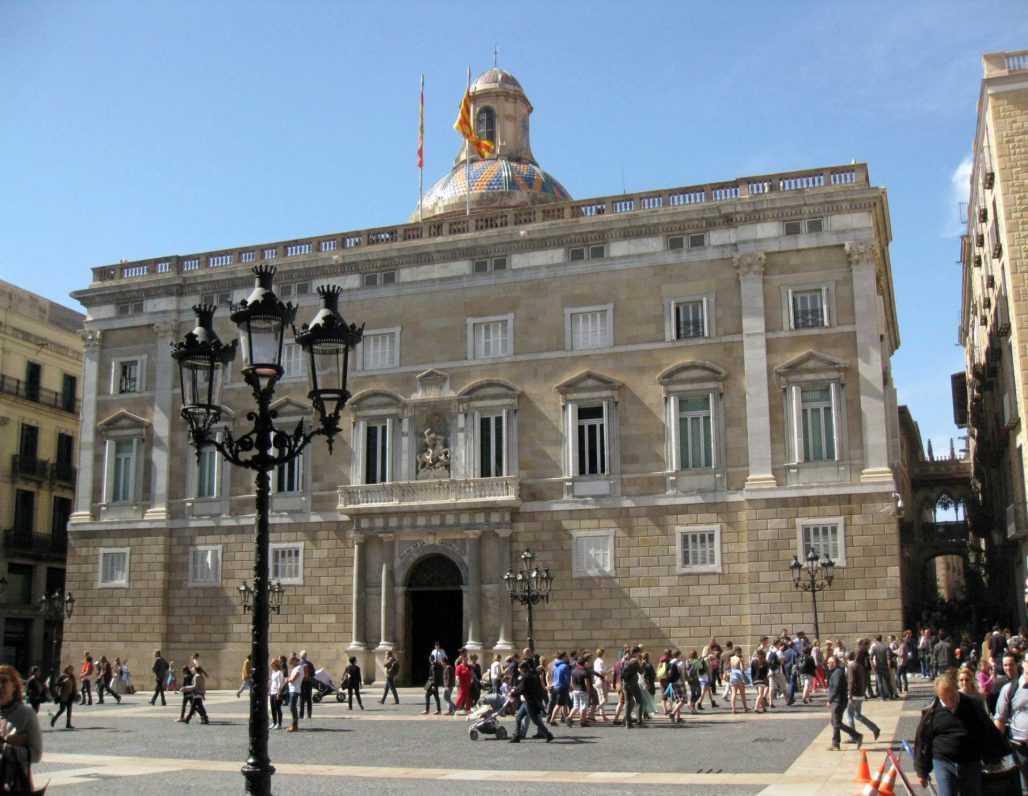
In the photo, you can see Palau de la Generalitat which dates back to the middle ages. The beautiful bridge links the Palace to the Canon’s House (the official residence of the Catalan President) and was built in 1928 by Joan Rubio i Bellver a pupil of Gaudí.
At the end of Carrer del Bisbe is Plaça de la Catedral which is famous for its weekend Sardana dances. Behind Carrer del Bisbe is the Plaça San Jaume where you’ll find the town hall and Generalitat (Catalan government).
Plaça del Rei (Square of the King) is full of architectural treasures and is said to be the oldest and most beautiful square in the area.
Plaça Reial (Royal Square) is also very beautiful full of Palm Trees and surrounded by lovely buildings with shops and popular restaurants and bars on the ground floors.
The fountain of the three graces takes central place and is a most welcome area to sit on a hot summer’s day.
The Museu Frederick Mares is located in Plaça de Sant lu in a shaded courtyard with orange trees and a cafe where you can enjoy a drink before visiting the museum.
El Born
El Born (sometimes referred to as El Borne and Born) has been transformed into a very modern and stylish area with trendy and upmarket shops, cafes, restaurants, and bars.
It’s stylish and modern and at the forefront of fashion and design. It’s Spain’s most innovative city and many designers and artists are located in Born creating new styles for tomorrow.

Born is now a very popular area to stay for a city break or romantic getaway. It’s separated from the Gothic Quarter by the famous Via Laietana where you’ll find the very lovely Palau de la Musica Catalana on the Carrer de Sant Francesc de Paula.
Via Laietana is a very long avenue running from Plaça Urquinaona in the Eixample district to Plaça d’Antonio López by the sea.
The Museu Picasso is housed in five palaces on Carrer de Montcada and often hosts special exhibitions presenting artworks by Picasso and other artists. Two of the five palaces are used for these exhibitions.
The former beautiful old iron and glass-covered Mercat del Born (once the most famous food market in Barcelona), has been empty for over thirty years.
In 2002 it was to be converted into a library but work stopped when an underground old city was discovered beneath the market foundation.

In the past, the tree-lined Passeig del Born was the main square of Barcelona and today it’s one of the trendiest areas in the city. This popular area is just a stone’s throw from the waterfront and Barceloneta and next to the lovely Parc de la Ciutadella – a city park.
The nearby Basilica de Santa Maria del Mar is a beautiful example of Catalan Gothic architecture and is still used as a place of worship and for weddings.
Plaça Santa Maria is the perfect place to enjoy a drink and bask in the atmosphere of this lovely area of Barcelona.
There are many lovely shops, cafes, bars, and restaurants to enjoy during the day, and at night the area comes alive. Nothing really gets started until well after 9.00 pm.
How to get there…
Metro: Jaume I
(Estacio Franca (Av. del Marques d’Argentera s/n Barceloneta) is just a few minutes walk from the beach and Born).
Barceloneta & Waterfront
Once a fishing district, Barceloneta and the waterfront are now one of the most visited areas of the city.
The regeneration of the area for the 1992 Olympic Games brought this area into the 20th century with a bang. The result is a trendy, modern waterfront full of shops, restaurants, bars, and clubs.

Platja (beach) Barceloneta is full of palm trees and seafood restaurants and behind the beach are the 18th-century streets which Felipe V built after conquering Barcelona. Part of Ribera was made into a military fortress which has since become a lovely park.
Port Olimpic
Along with the lovely copper fish sculpture by Frank Gehry (Pez y Esfera – fish and sphere), the Mapfre Tower and Hotel Arts are two of the famous landmarks.
The setting is perfect for having fun! Beachside restaurants overlook a pretty marina and at night the area is full of trendy nightspots.
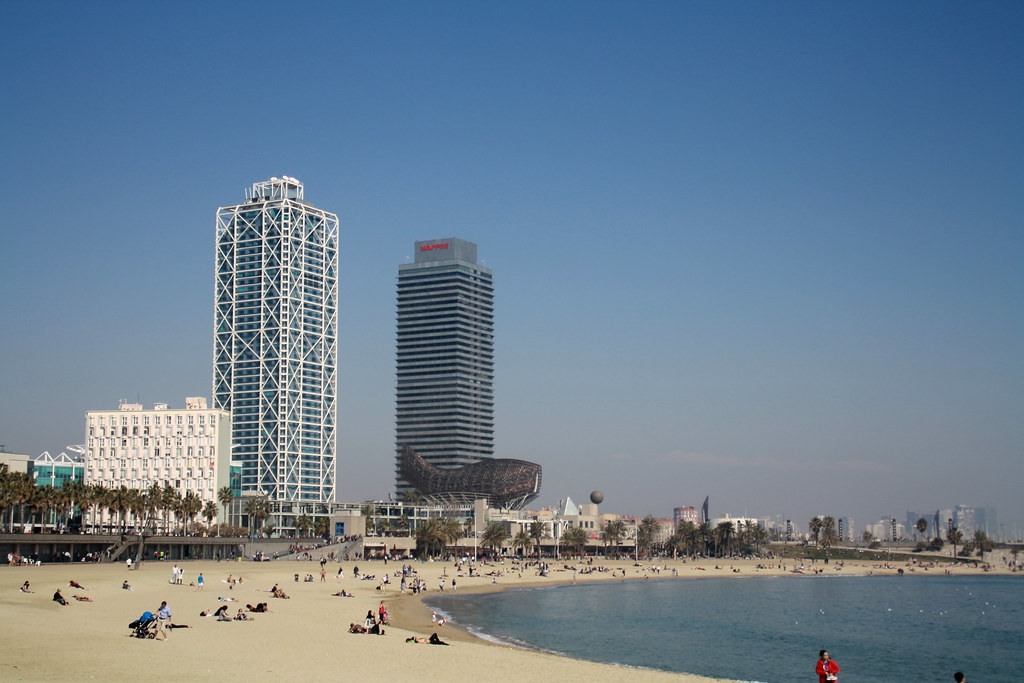
Not far away is the Museu d’Història de Catalunya (Catalan History Museum) which is housed in the Palau de Mar (palace of the sea). It used to be an old warehouse and is now a very modern building full of the history of this lovely Catalan city.
The museum is surrounded by mouth-watering restaurants stretching along the Passeig Joan de Borbo. It’s an idyllic place to come to enjoy delicious Catalan cuisine with spectacular views of the harbor.
Port Vell
The old harbor of Barcelona was transformed during the regeneration program for the 1992 Olympic Games and Port Vell is now a very modern and trendy complex full of yachts and sailing boats.
Located at the very edge of the city, the district is home to some of Barcelona’s most iconic attractions, such as the Columbus Monument and La Rambla Promenade. It also features a wide variety of architectural styles, from neoclassical to modern. Take a trip on one of the Golondrinas along the Moll de la Fusta and you’ll get a great view of the old port.
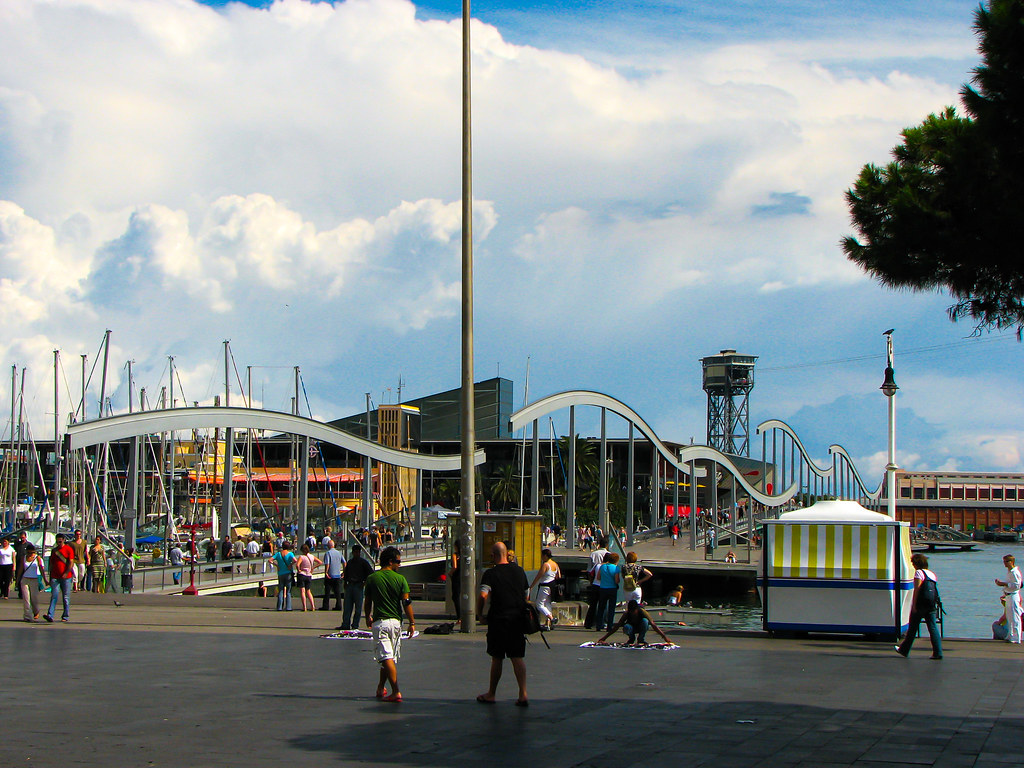
Just opposite the harbor end of La Rambla is a stunning wooden footbridge called Rambla de Mar which leads to the Maremagnum complex on the Moll de Espanya.
The real draw of Port Vell is its cultural offerings. The district is home to many historical museums, such as the Maritime Museum and the Chocolate Museum, as well as numerous art galleries. In addition, it boasts some of Barcelona’s best restaurants, cafes, and bars, and a vibrant nightlife scene.
As well as one of the largest Aquariums in Europe, there’s also an IMAX cinema and lots of restaurants, cafes, and bars.
Nearby is the stunning World Trade Center which as well as being a commercial center, includes a lovely 5-star hotel. This is also where you take the teleferic (cable car) which links Montjuic to the beach of San Sebastia and Barceloneta.
Visitors can take a boat cruise on the Mediterranean, or explore the nearby beaches and marinas. Cultural travelers will want to make sure to check out the local markets, where they can pick up unique souvenirs and sample delicious foods.
El Raval
El Raval, once the seedier side of Barcelona, is now home to many artists who have injected an aura of vitality and fun to the area.
If you are coming from Plaça Catalunya, Raval is on the right-hand side, and nearby is the famous La Boqueria market.
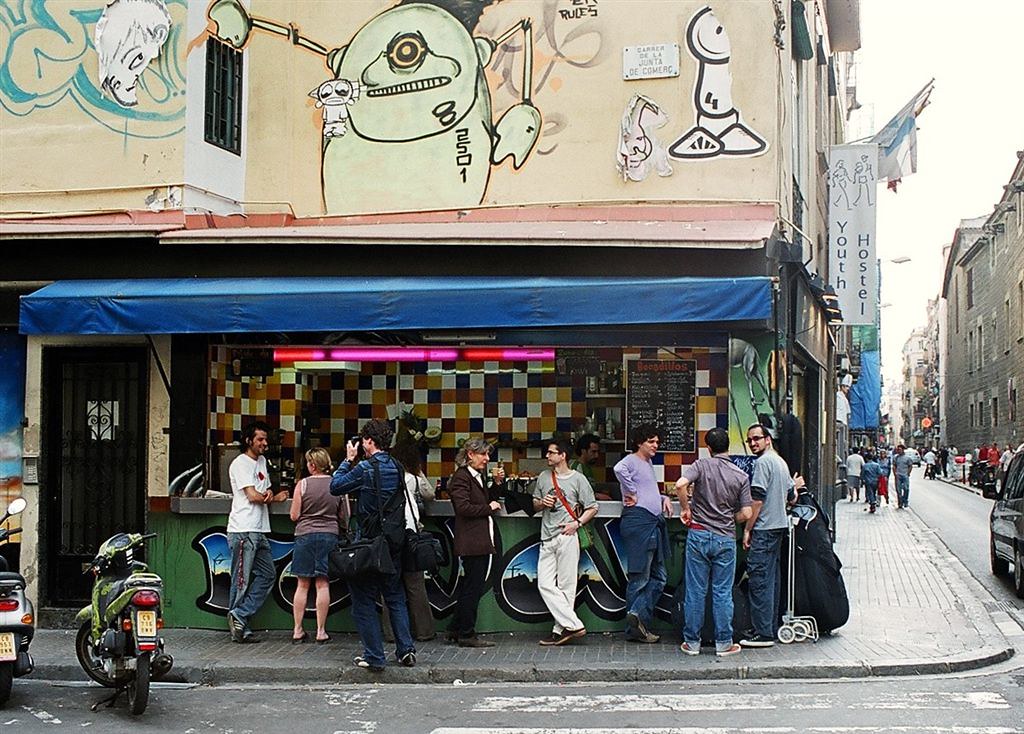
The Museu D’Art Contemporani De Barcelona (MACBA) designed by Richard Meier and the Centre of Contemporary Culture (CCCB) have helped to regenerate this run-down part of the city which borders La Rambla.
Raval has a rich ethnic mix and the area to the south is often referred to as Barri Xino (Chinatown).
Plaça Catalunya and Plaça Universitat are situated in the north of the district.
The entire area is bordered by Ronda Sant Antoni, Ronda Sant Pau, and Avinguda del Paral·lel in the south.
This is where the old 14th-century walls stood and Portal de Santa Madrona (an old wall and gate) are remnants of the old wall and part of the Naval Museum.
New hotels, bars, and restaurants such as Casa Camper are the result of the urban regeneration of the area, and the new arts cinema, Filmoteca de Catalunya is in Plaça de Salvador Seguí, close to the Rambla del Raval.
The promenade is surrounded by kebab shops and Barcelona’s first fish and chip shop.
Montjuic
Montjuic (Hill of the Jews) towers over Barcelona and for visitors and locals alike it’s one of the most popular areas to visit. A trip to Montjuic isn’t complete without a ride on its aerial cable car, which offers stunning views of the district and the surrounding area. Alternatively, take an evening stroll through Montjuic Park, where you can enjoy lush gardens, picturesque walking trails, and scenic views of the Mediterranean Sea.
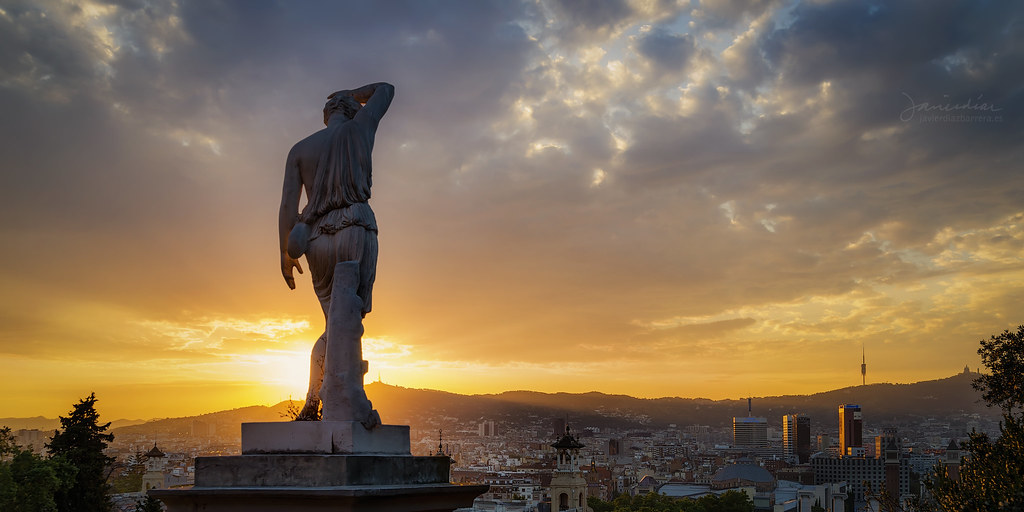
This wonderful park on a hill is a great place to come to chill out, relax and enjoy the views and natural surroundings.
Take the bus or teleferic and you’ll be rewarded with the most stunning views of this lovely city.
There’s a lot to see such as the site of the 1992 Olympic Games and two of Barcelona’s most important museums – Fundació Joan Miró and MNAC (Museu Nacional d’Art de Catalunya) which is housed in the Palau Nacional.
Don’t miss the popular Poble Espanyol (Spanish Village) – an exhibition of Spanish art and architecture of the various regions of Spain.
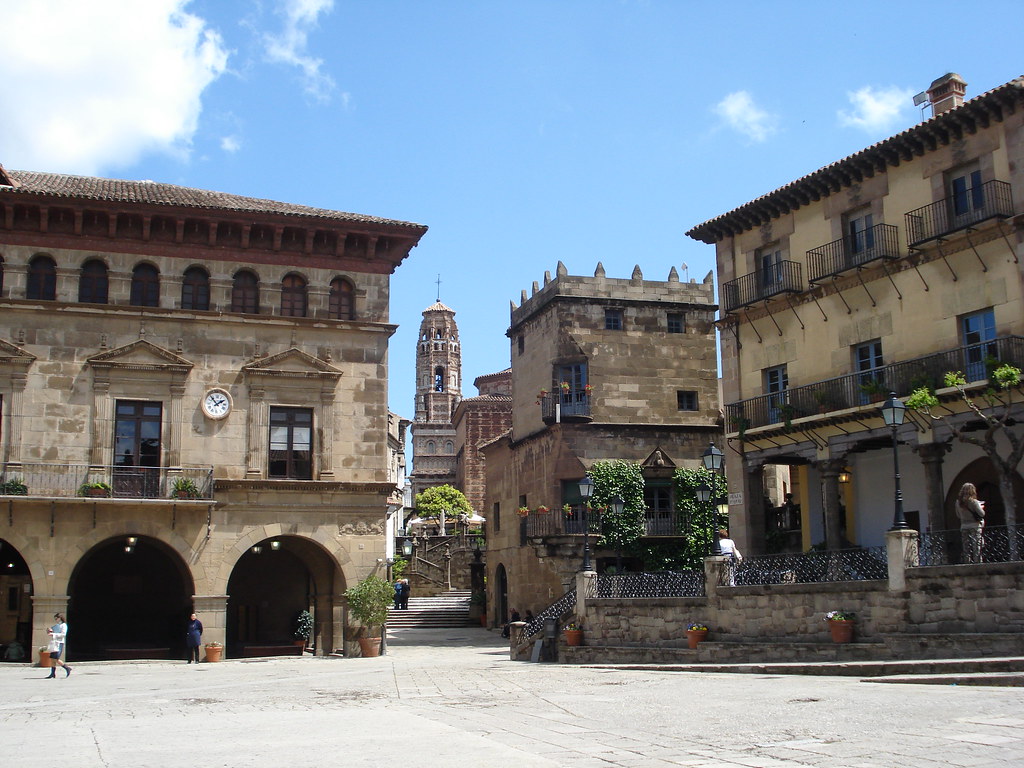
The 18th-century fortress castle (Castell de Montjuïc) was originally built to defend Barcelona but is now a Military Museum (Museu Militar). There are many other places to visit such as the Greek Theatre and Botanical Gardens.
On the walk down the views are spectacular and the mountain air invigorating. Once you reach the Palau Nacional, take the steps and escalators down and you’ll soon be back in Plaça d’Espanya where you can catch the metro or bus back to Placa Catalunya.
Magic Fountain
By the way, if you’re here in the evening you’ll be in for a real treat!

The Font Màgica (magic fountain) which is below Palau Nacional is one of the most spectacular sights in Barcelona – (Thurs-Sunday 8 until 12 pm during summer/7-9 pm from Oct-April).
Getting Here
- Take the bus or metro to Plaça d’Espanya or the funicular from Paral-lel metro station.
- From the beach take the teleferic at Torre de Sant Sebastià to Miramar on Montjuic.
- Buses: 50, 55 or 61
- Tourist Bus
- Walking – Take the escalators at the foot of Palau Nacional
Gràcia
Barcelona’s Gracia district is a vibrant hub of culture, history, art, and cuisine. Located just northwest of the iconic La Rambla promenade and minutes away from some of the city’s most iconic attractions, Gracia provides an essential glimpse into Catalan life. From the winding cobblestone streets of its old town to its modern galleries and trendy restaurants, a stroll through the neighborhood reveals both a fascinating historical past and a thriving present.

The local culture flourishes in its many plazas, where weekend markets burst with authentic souvenirs and handmade crafts. Residents flock to the area’s lively bars and cafes for tapas and cava while being treated to unique street performances by local artists. Museums such as the Fundacio Antoni Tàpies celebrate Catalonia’s renowned artistic heritage while cafés like El Perro Negro offer tantalizing insight into the flavors of the region.
No visit to Gracia would be complete without experiencing one of its quintessential festivals, where musicians play traditional folk songs and revelers feast on classic Catalan dishes. Here, locals come together to celebrate their unique identity and share the warmth of their culture with visitors. As the residents of Gracia proudly proclaim—La Vida es Bella!
Final Word
Other districts include the bohemian district of Gràcia where Gaudi’s Park Guell is located, Les Corts, Sarrià-Sant Gervasi, Horta-Guinardó, Nou Barris, Sant Andreu, and Sant Martí.
